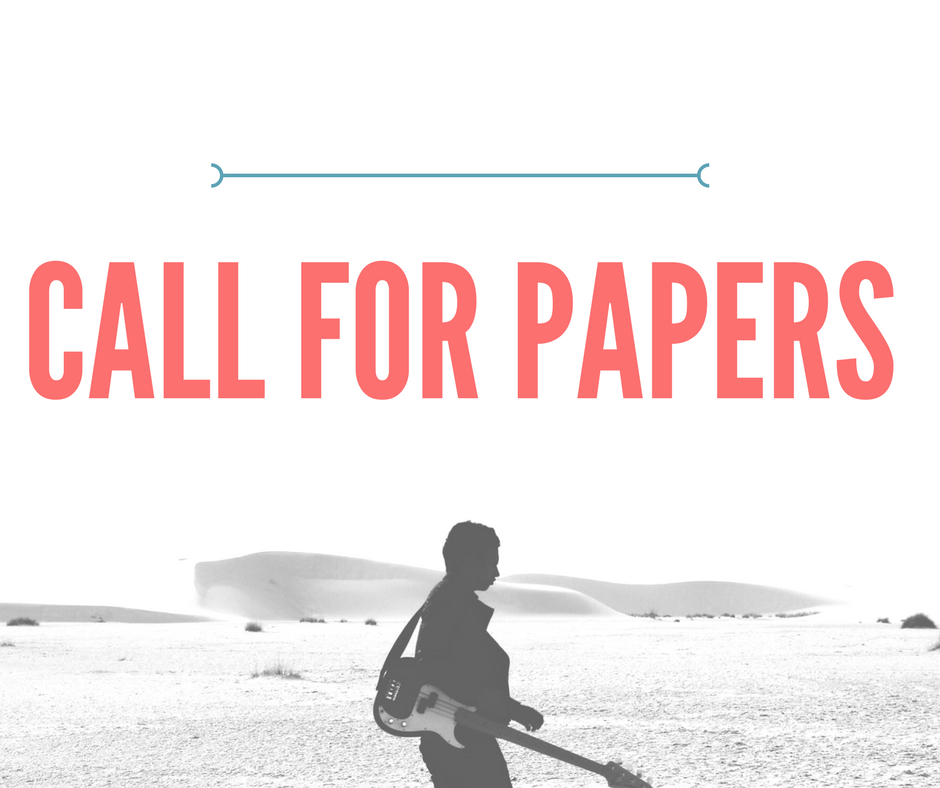In the spirit of the Perspectives On Music Production series, ‘Distortion in Music Production: How Distortion, Colouration and Saturation Shape the Production Process’, follows on from Mixing Music (2017), Producing Music (2019), Mastering Music (2020) and several monographs in the field.
Distortion in Music Production will collect detailed and informed considerations on the use of distortion, by authors working in a wide array of academic, creative, and professional contexts. It will solicit the perspectives of scholars, alongside producers and engineers, to provide a fully comprehensive analytic point-of-view on how distortion has shaped the production process. It will explore distortion as a production technique, ranging from the overt use of the process as a sound mangling tool to the subtle changes in an audio signal’s sonic signature, afforded as a consequence of non-linear signal processing. The book will explore ways in which music producers and composers can implement distortion in their work, investigate how the effect can be used and abused while examining things from technical, practical and musicological perspectives. In addition, the book will look at distortion from a historical perspective, noting how it was initially an unwanted artefact of the production process, whereas today it is a much sought-after process, used by engineers in their quest to colour and transform audio signals.
The editors welcome abstracts for proposed chapters in a forthcoming Routledge edited-volume entitled, ‘Distortion in Music Production: How Distortion, Colouration and Saturation Shape the Production Process’. The scope for contribution areas are listed below but these areas are not exclusive:
- Distortion in music production from a musicological perspective
- Hardware and software design and application, past, present and future
- Case studies
- Distortion as a mixing, recording and mastering process
- Historical use and adaptation of distortion and saturation in music production
- Future trends in the application of distortion
- The use of distortion as a compositional device
- The use of distortion as a performance tool
- Perceptual experiments in how the listener perceives distortion in music production
- How distortion affects timbre perception
- As an aesthetic expression in mixing
- Other topics to do with distortion would be considered
The Abstracts (150-200 words) are requested to be emailed to distortion@hepworthhodgson.com by the 11th October 2019. Abstracts will be reviewed, submitted to Routledge, and the authors informed of the result in the early weeks of November 2019. Final submission of chapters (6-8000 words) expected 25th September 2020.
